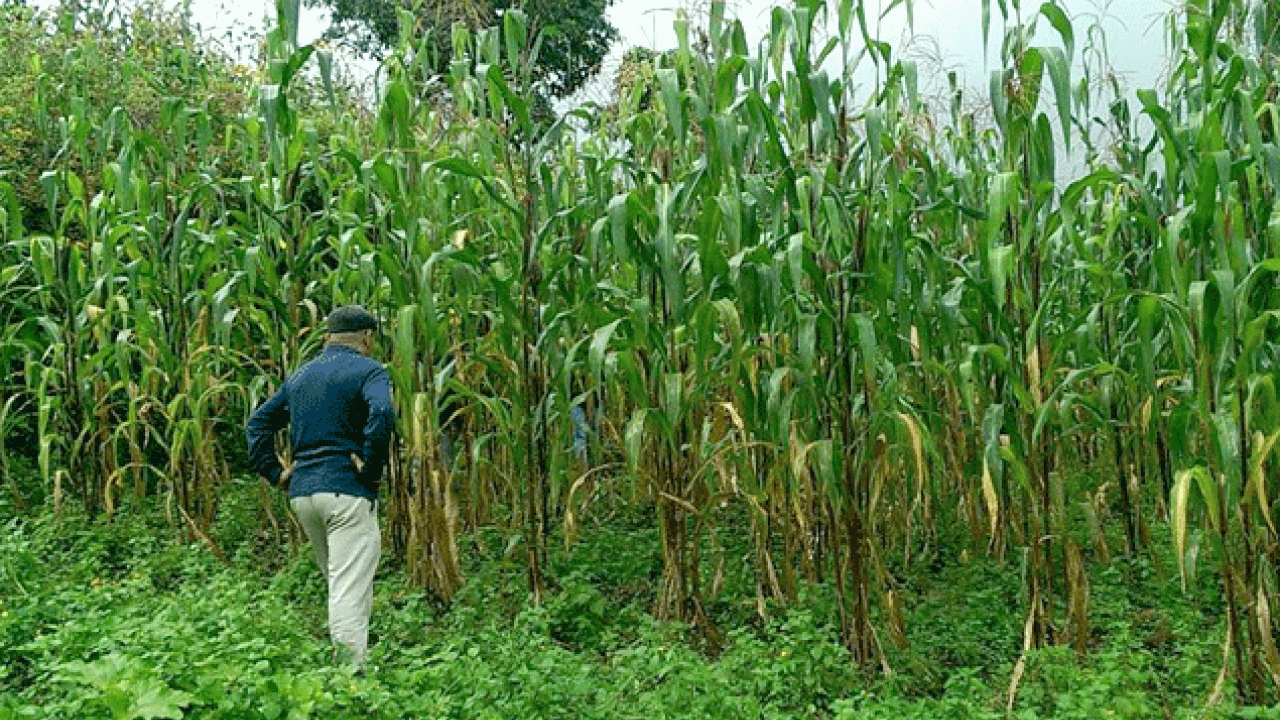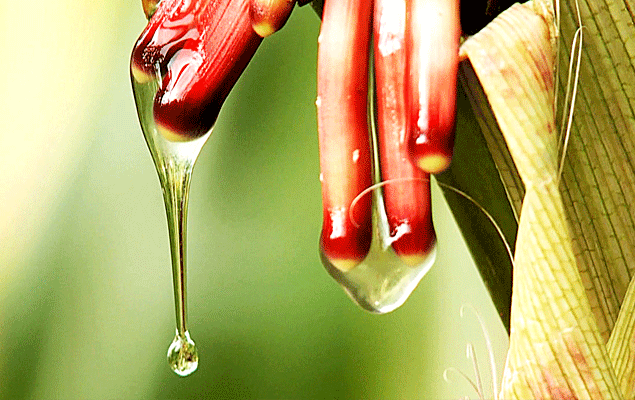
Mexican corn to feed poor nations?
American and Mexican researchers pursue global food solution
Can an ancient corn from Mexico help feed people in developing regions around the world? Researchers here in Northern California and in Mexico have been working hard to answer that question.
Many researchers had for many years searched for a type of indigenous corn that produced big, healthy crops with little or no fertilizers. It was only a few years ago that such a corn varietal was re-discovered in a remote area in the state of Oaxaca, which is where all corn originated.
Loosely referred to as ‘Sierra Mixe corn’ from the village of Totontepec, Mexico, the varietal grows well in low-nitrogen soil. Nitrogen is an essential nutrient for plants and researchers discovered that Sierra Mixe corn receives much of the nitrogen it needs from the atmosphere, instead of requiring large amounts of synthetic fertilizers.
“This type of corn is capable of absorbing nitrogen from the atmosphere (not from the soil) and self-fertilize,” says Javier Lopez, Professor of Agronomy with Tecnológico del Valle de Oaxaca.
“It is possible thanks to microorganisms living on its ‘floating roots’ that take the nitrogen so the corn can self-fertilize to keep growing in a natural way. The region has a very low content of nitrogen in its soil, but the corn grows up to five meters high — the corn is very healthy and vigorous.”
Mixe corn is named after the Sierra Mixe region, which is located northeast of the city of Oaxaca. In this rugged and remote part of the Sierra mountains is a village of 900 residents that’s become the center of the research work.
The municipal authority and village community were key partners of the research project. Biological materials were accessed and utilized under an Access and Benefit Sharing (ABS) Agreement with the community and with permission from the Mexican government.
UC Davis research
Allen Van Deynze is director of the University of California, Davis (UC Davis) Seed Biotechnology Center (College of Agricultural and Environmental Sciences). As part of the international research team, Van Deynze has traveled to the village six times in the last three years.
“We’re trying to understand how the corn can benefit other communities, and confirm how this corn can be grown without any fertilizer,” he says.

“Other corn isn’t getting nitrogen from the air, or it’s at a very low percentage. This one gets approximately fifty percent of the nitrogen it needs from the air. It’s a tropical corn that would grow in other tropical regions that are at the same latitude as Oaxaca.”
Van Deynze points out that corn yields in developing countries are one-tenth of those in the U.S. The significance of the Mixe corn is that greater crop production would mean greater food security for developing countries that have poor soil or where farmers don’t have access to commercial fertilizer.
“The goal is to grow the corn in Africa or other regions where there is a need for greater crop yields,” he adds. “We aim to breed the corn for temperate regions to reduce synthetic fertilizer inputs. It’s also better for the environment to get nitrogen from the air (vs. fertilizer).”
With the initial proof-of-concept research complete, Van Deynze says the next step is to partner with a corporation or non-profit to develop the corn for market.
“We want this to get out there and develop, and make it useful for other people,” he says. “The bigger dream is to apply it to other crops such as rice and wheat.”
More immediate than the potential global benefits of the scientific research are the many ways the village community has benefited in the past few years.
“At the end of each season, we had a town meeting to explain our findings and share the results in Spanish,” says Van Deynze. “So, they’re learning as well.”
“We have been sensitizing the community and the farmers to conserve their maizes and their natural resources,” adds Lopez. “And guiding them in an environmentally friendly way that uses the least amount of amount of inputs in the farming practices.”
The research project has also provided economic benefits to the local community, with the construction of public offices that serve the community, as well as the employment of local people.
“We wanted the community to own the project,” says Van Deynze. “We’re working on their materials (land, corn), but they’ve been working with these materials for thousands of years. We are learning together.”
